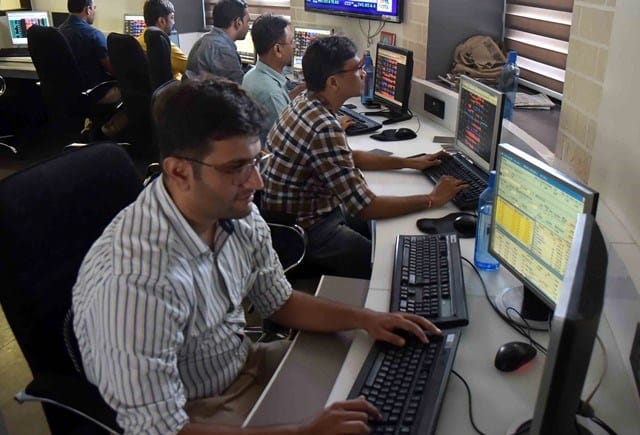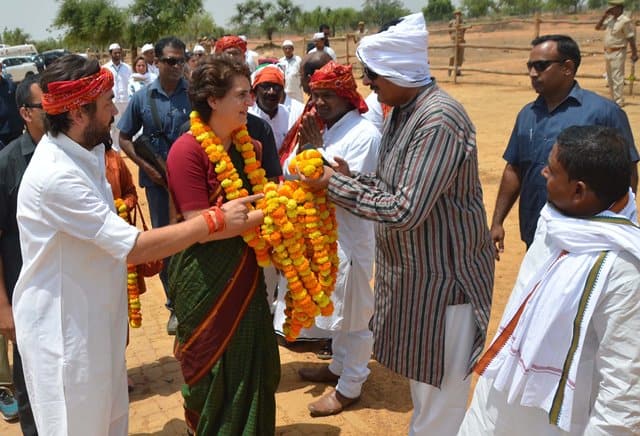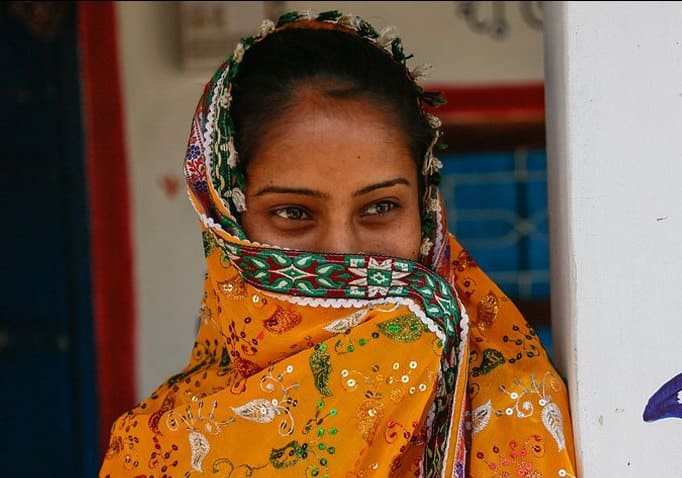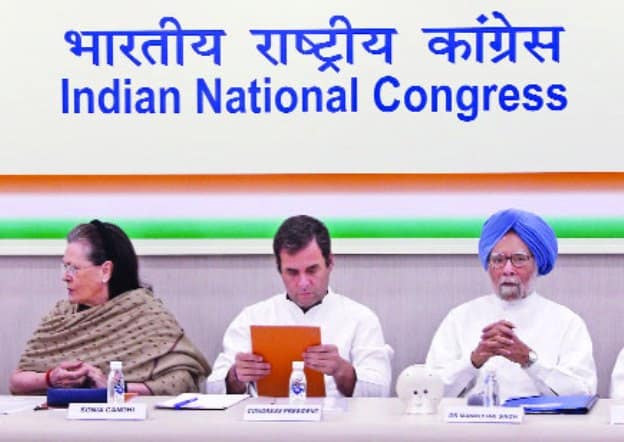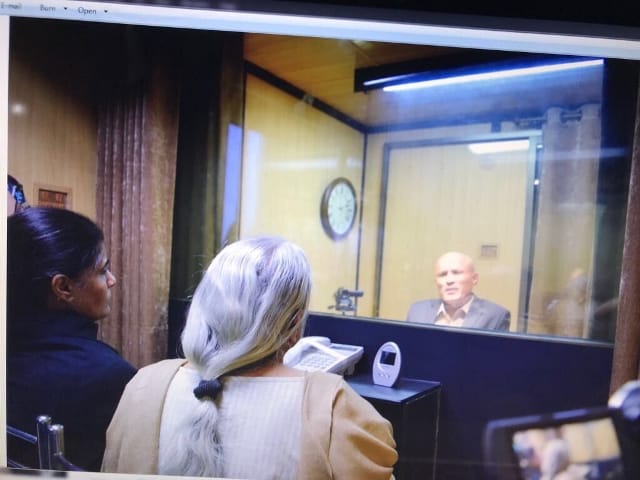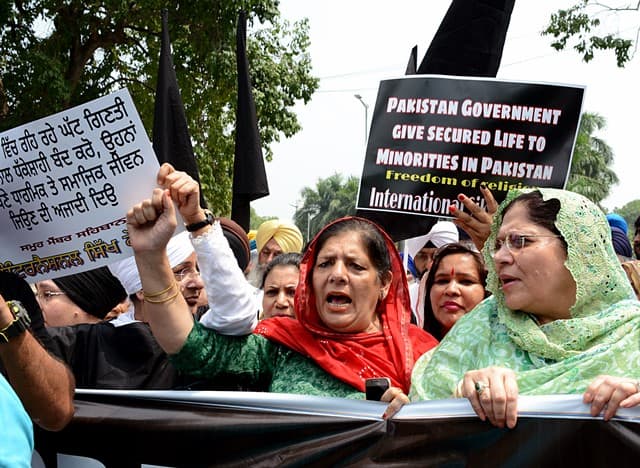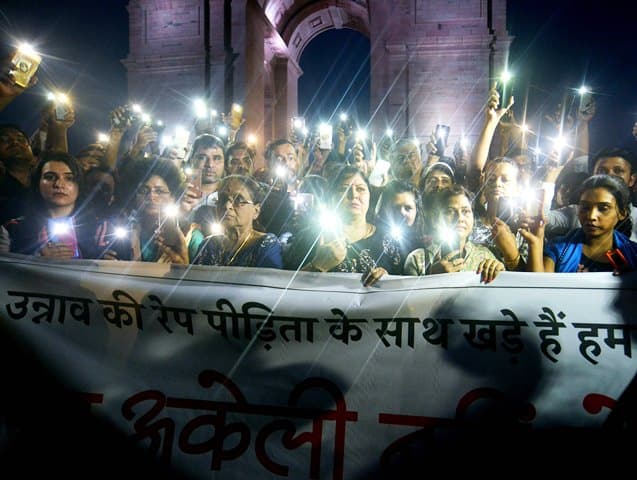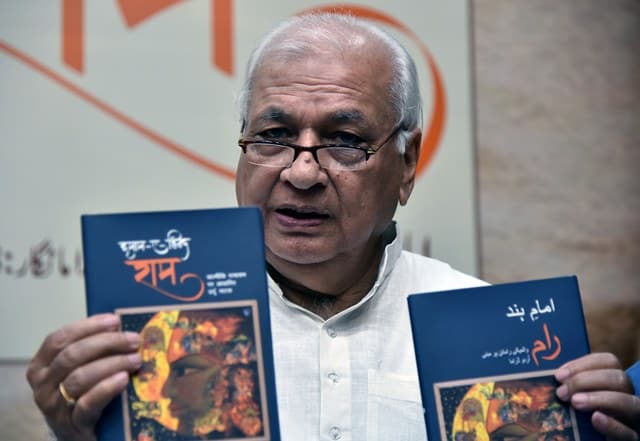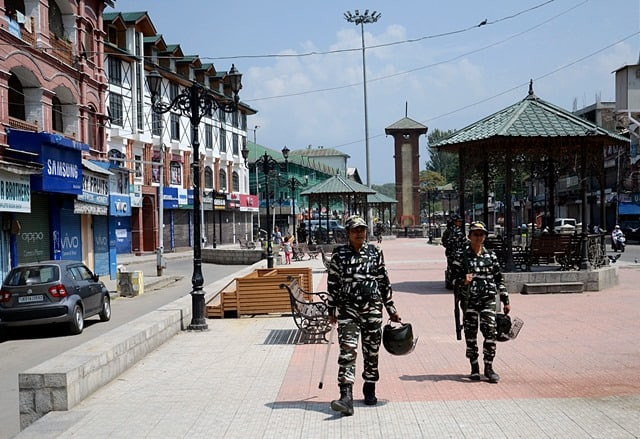The Grand Old Party will do well to take a leaf from the BJP’s organisational reforms by assigning leadership roles to its Gen-Next leaders
When the Congress Working Committee, the party’s highest decision-making body, met here earlier this month to pick Rahul Gandhi’s successor, it eventually settled on Sonia Gandhi after day-long deliberations. The difference between the two national parties and their fortunes could not be more symbolic than this step. Congress has become a pensioners’ party while BJP is the dynamic youth orientated national force.
The decision by Congress to reinstate Sonia Gandhi as leader was a major victory for the party’s old guard which had been working behind the scenes for nearly two months to see that Rahul Gandhi loyalists were denied the party’s presidency. By proposing Sonia Gandhi’s name, the party seniors silenced those who were pushing for a younger leader and also ensured that their hold on the party organization remained intact as they are essentially her camp followers.
The entire exercise ended up exposing the divide between the party’s old guard and the Gen Next leaders with the former having the upper hand. Consequently, the much-needed generational shift in the grand old party was effectively thwarted.
In fact, this battle between the two groups is not new. Afraid of losing their preeminent position in the party organization, the old guard has been blocking Rahul Gandhi’s plans since he was the party vice-president. Even after he took over as party chief, the Nehru-Gandhi scion had to tread carefully to ensure that he did not alienate the old-timers, known for their proximity to Sonia Gandhi.
That Rahul Gandhi was unable to shake them off was evident when it came to the appointment of chief ministers in Madhya Pradesh and Rajasthan after the Congress won the assembly polls in the two states last year. He had to willy-nilly endorse senior leaders Kamal Nath and Ashok Gehlot as chief ministers, overlooking the claims of younger leaders Jyotiraditya Scindia and Sachin Pilot.
This ongoing turf war between Sonia Gandhi’s loyalists and Rahul Gandhi’s supporters in the Congress stands out in sharp contrast to the Bharatiya Janata Party, which has, over the past few years, placed young leaders in key positions of power without creating any major ripples in the party.
The first move in this direction was made after veteran BJP leader L.K.Advani fell foul of the party’s ideological mentor, the Rashtriya Swayamsevak Sangh, with his complimentary remarks on Mohammad Jinnah. Advani’s protégés Sushma Swaraj and Arun Jaitley were given the responsibility of leading the charge against the Manmohan Singh government in the Lok Sabha and Rajya Sabha, respectively. Both leaders were in their fifties then. Shortly thereafter, 52-year-old Nitin Gadkari was promoted as BJP president. Though dethroned, Advani retained a say in party matters through Swaraj and Jaitley, both mentored by him.
However, the BJP and the RSS woke up to the need for a further generational change after the party lost two consecutive elections in 2004 and 2009. It was clear that seniors like Advani and Murli Manohar Joshi were not inspiring younger and new voters and that it was time to take drastic decisions.
By then, three-time Gujarat chief minister Narendra Modi had positioned himself for a larger national role. Undoubtedly, his projection as the BJP’s Prime Ministerial face came up for opposition from Advani and his supporters in the run-up to the 2014 Lok Sabha elections. But, after a few hiccups, their resistance was eventually worn down. And once Modi proved his credentials in the electoral arena by leading the party to an emphatic victory in the 2014 Lok Sabha polls, there was no looking back.
Modi and his confidant Amit Shah have since moved fast to bring in younger leaders. Party seniors were been gradually sidelined and even second-generation leaders made way for a younger set. But unlike the Congress, the change-over has been a smooth affair.
Senior leaders were first denied ministerial berths in 2014 by laying down an upper age limit of 75 years. In the recent general election, these leaders, including Advani, Joshi, Shanta Kumar, Sumitra Mahajan, B.C.Khanduri and Kalraj Mishra were not even given tickets.
At the same time, Modi, assisted by BJP president Amit Shah, has picked new chief ministerial candidates which went against all conventional logic. For instance, Devendra Fadnavis, a Brahmin, was appointed a chief minister in Maharashtra where power has always been with the all-powerful Maratha community. Similarly, Manohar Lal Khattar, a non-Jat, was chosen as chief minister of Haryana where it is the Jat community which dominates. It’s the same story in Jharkhand and Assam.
Though there were initial murmurs in the party, there were no protests or counter moves to all these decisions, thus ensuring the emergence of a new-look BJP.
The Congress can certainly take a few lessons from the BJP which successfully managed to reverse the trend of electoral losses by taking some tough measures. It was a gamble but it paid off. The result is that the BJP is the central pole of Indian polity today while the Congress is struggling for survival.
The Congress too needs to disturb the status quo and go in for major changes without being afraid of rocking the boat. But to do so, it needs a powerful and charismatic leader who also has capabilities of winning elections for the party. The BJP has that advantage.
Congress increasingly gives the impression of a party seeking ‘retirement’ as Sonia Gandhi with Manmohan Singh in tow, both shuffling when walking, are the face of Congress. But where is the new dynamic youthful strides going to come from?
Unfortunately, Rahul Gandhi has not measured up to the task, which has allowed the old guard to retain its vice-like grip on the party while Gen-Next leaders continue to wait in the wings.
]]>
